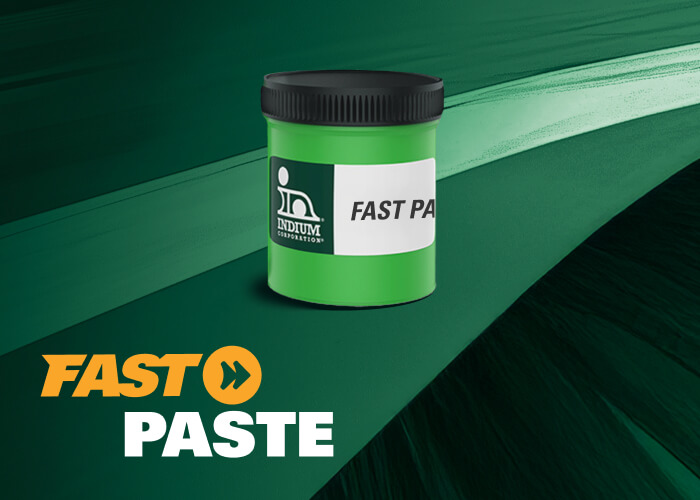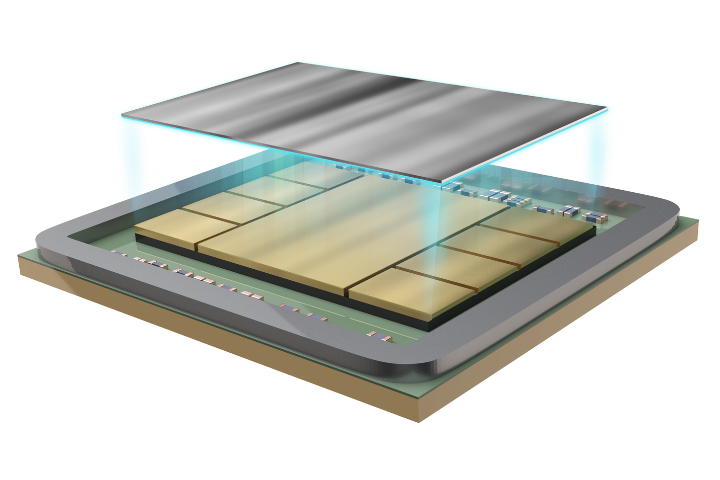The topic of thermal management in electronics can get pretty complex. But, if the dissipation of the heat generated by your device isn’t considered in the initial design, you could be headed for a meltdown.
So, where do you start?
It would be easy to start the search for your application's best thermal interface material (TIM) by looking at thermal conductivity values. Every thermal material has a defined thermal conductivity value and it would be easy to compare them and make the decision based solely on that, but, keep in mind that this value will change with the thickness of the material and can degrade over time.
There are two considerations possibly more important than thermal conductivity,because without optimizing these two conditions, the bulk conductivity will not matter:
- Surface wetting: Your TIM has to wet to both surfaces evenly and consistently to minimize interfacial resistance, which will slow the transfer of heat. Interfacial resistance is the thermal resistance at the interface between the hot/cold surfaces and the thermal interface material.
- Clamping force: This needs to be uniformly applied to achieve maximum surface wetting and let you use the thinnest possible TIM. As thermal materials get thicker, they can impact the bulk thermal conductivity.
There are also some other considerations for your application that can figure into your decision:
- Electrical isolation
- Structural fastening
- Outgassing
- Filling of a large gap
- Transit/storage temperature
- Reworkability
- Ability to be recycled
- Ease of use
If you would like more information on thermal interface materials, or help selecting the best TIM for your application,you can contact me directly at [email protected] or visitour web site at https://www.indium.com/thermal-interface-materials/
Image source: https://upload.wikimedia.org/wikipedia/commons/2/2a/Difference_between_thermal_conductivity_of_thermal_interface_materials_and_thermal_contact_resistance.png



